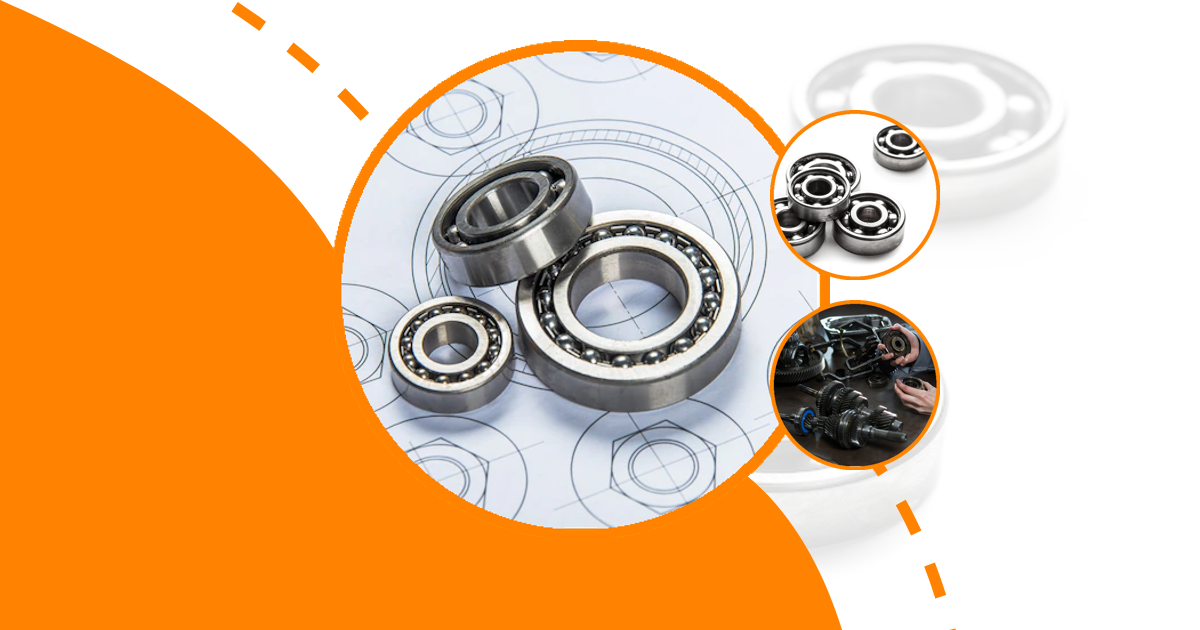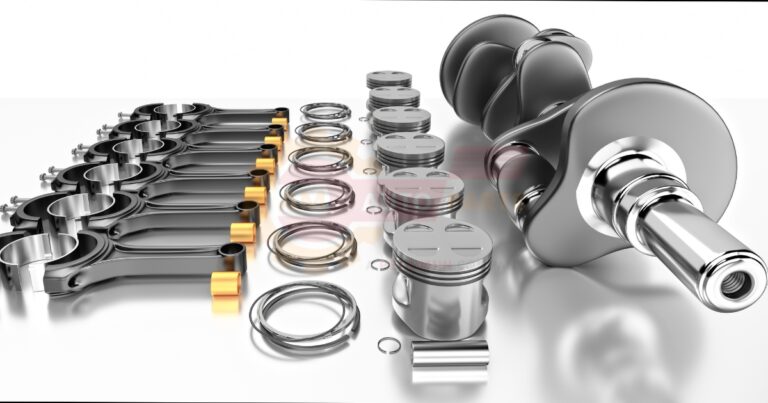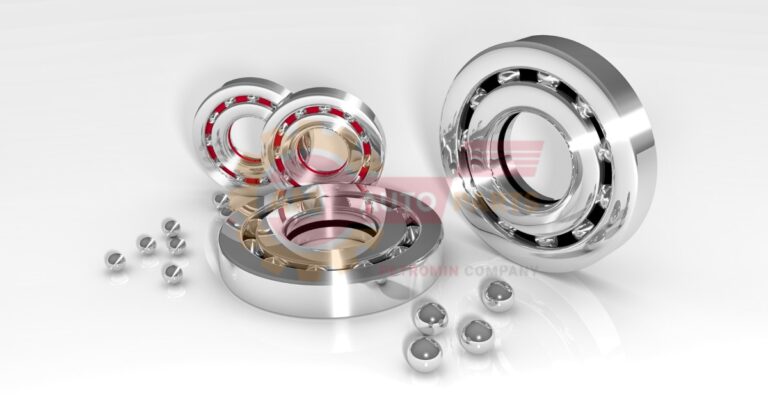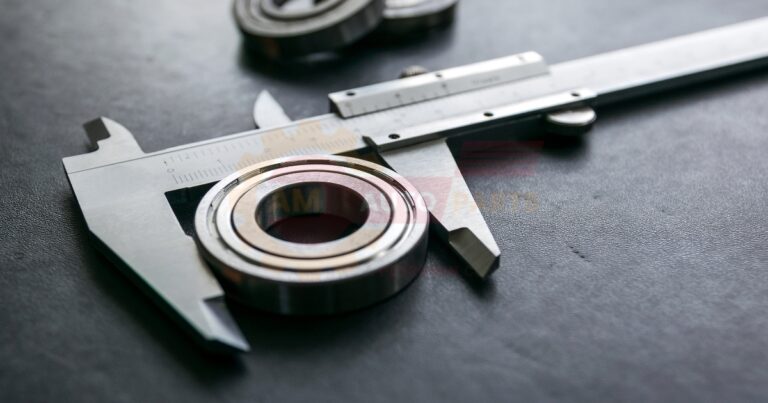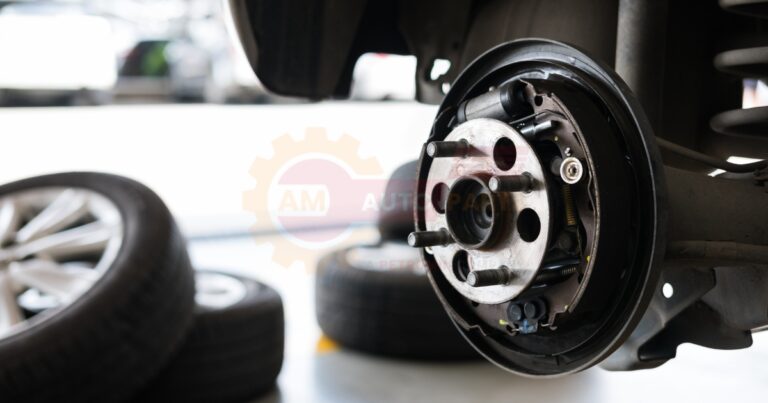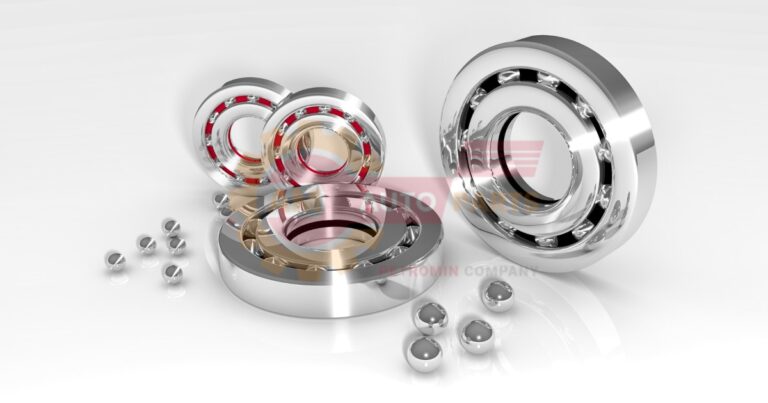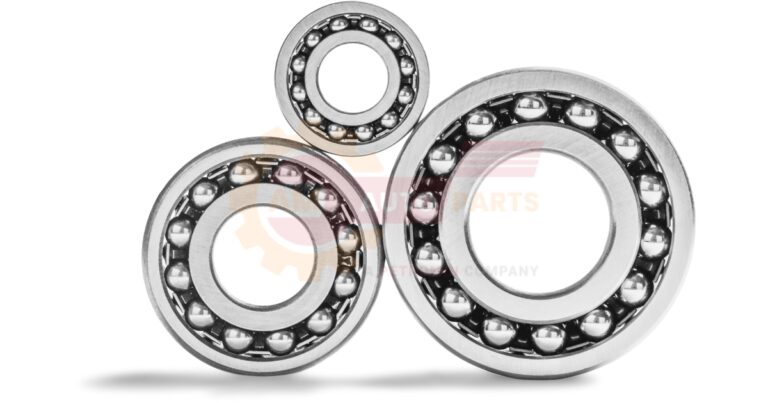How Many Wheel Bearings Does a Car, Motorcycle, Truck, or Vehicle Have?
Understanding the number of wheel bearings in different vehicles is crucial for vehicle maintenance and safety. Wheel bearings are essential components that ensure smooth wheel rotation and support the vehicle’s weight. This article will explore the number of wheel bearings in cars, motorcycles, trucks, and other vehicles, along with insights into their maintenance, replacement, and technological advancements.
What is a Wheel Bearing and Its Function?
Wheel bearings are small but mighty components located in the wheel hub, drum, or rotor. They are designed to reduce friction and allow the wheels to spin freely. By supporting the vehicle’s weight and facilitating smooth wheel rotation, wheel bearings play a critical role in vehicle performance and safety.
- Function of Wheel Bearings:
- Reduce friction between the wheel and axle.
- Support the vehicle’s weight.
- Enable smooth wheel rotation.
Wheel Bearings in Different Vehicles
How Many Wheel Bearings Does a Car Have?
A typical car has four wheel bearings, one for each wheel. These bearings are crucial for the car’s operation, ensuring that each wheel rotates smoothly and efficiently. The number of wheel bearings in a car is directly related to the number of wheels, as each wheel requires its own bearing to function properly.
- Car Wheel Bearings:
- Four wheel bearings in total.
- One bearing per wheel.
How Many Wheel Bearings Does a Truck Have?
Trucks, especially larger ones, may have more than four wheel bearings due to their additional axles. A standard truck with two axles typically has four wheel bearings, similar to a car. However, trucks with more axles will have additional bearings to accommodate the extra wheels.
- Truck Wheel Bearings:
- At least four wheel bearings.
- Additional bearings for extra axles.
Wheel Bearing Lifespan and Maintenance
Average Lifespan of Wheel Bearings
The average lifespan of wheel bearings ranges from 85,000 to 100,000 miles. However, this can vary based on driving conditions, vehicle type, and maintenance practices. Regular inspections and proper maintenance can extend the lifespan of wheel bearings.
- Lifespan Factors:
- Driving conditions.
- Vehicle type.
- Maintenance practices.
Factors Affecting Wheel Bearing Longevity
Several factors can impact the longevity of wheel bearings, including driving habits, road conditions, and exposure to water or contaminants. Aggressive driving, rough terrain, and poor maintenance can significantly reduce the lifespan of wheel bearings.
- Longevity Factors:
- Driving habits.
- Road conditions.
- Exposure to contaminants.
Signs of Failing Wheel Bearings
Recognizing the signs of failing wheel bearings is crucial for vehicle safety. Common symptoms include unusual noises, vibrations, and uneven tire wear. Addressing these issues promptly can prevent further damage and ensure safe driving.
- Failure Symptoms:
- Unusual noises.
- Vibrations.
- Uneven tire wear.
Wheel Bearing Replacement and Safety
Risks of Driving with Bad Wheel Bearings
Driving with bad wheel bearings poses significant safety risks, including wheel detachment and loss of vehicle control. It is essential to address any signs of wheel bearing failure immediately to prevent accidents and ensure safe driving.
- Safety Risks:
- Wheel detachment.
- Loss of control.
- Increased accident risk.
When to Replace Wheel Bearings
Wheel bearings should be replaced at the first sign of failure or during routine maintenance if they show signs of wear. Regular inspections can help identify when replacement is necessary, preventing potential safety hazards.
- Replacement Indicators:
- Signs of wear.
- Routine maintenance.
- Unusual noises or vibrations.
Importance of Quality Replacement Parts
Using high-quality replacement parts is crucial for wheel bearing replacement. Quality parts ensure durability, performance, and safety, reducing the risk of future failures and enhancing vehicle reliability.
- Quality Parts Benefits:
- Enhanced durability.
- Improved performance.
- Increased safety.
Vehicle Inspection Requirements for Wheel Bearings
State-Specific Safety Inspection Guidelines
Different states have specific safety inspection guidelines for wheel bearings. These inspections ensure that vehicles meet safety standards and are roadworthy. Familiarizing yourself with your state’s requirements can help maintain compliance and safety.
- Inspection Guidelines:
- Vary by state.
- Ensure safety standards.
- Maintain roadworthiness.
Emissions Inspections and Wheel Bearings
While emissions inspections primarily focus on a vehicle’s exhaust system, they may also include checks on wheel bearings as part of a comprehensive safety inspection. Ensuring that wheel bearings are in good condition can contribute to overall vehicle safety and performance.
- Inspection Focus:
- Exhaust system.
- Comprehensive safety.
- Wheel bearing checks.
Wheel Bearing Technology Advancements
Modern Wheel Bearing Designs
Modern wheel bearing designs have evolved to enhance performance and durability. Innovations such as sealed bearings and advanced materials have improved the efficiency and lifespan of wheel bearings, reducing maintenance needs.
- Design Innovations:
- Sealed bearings.
- Advanced materials.
- Improved efficiency.
Impact on Vehicle Performance and Safety
Advancements in wheel bearing technology have positively impacted vehicle performance and safety. Enhanced designs contribute to smoother rides, better handling, and increased reliability, making them essential for modern vehicles.
- Performance Benefits:
- Smoother rides.
- Better handling.
- Increased reliability.
Wheel Bearing Maintenance Tips
Regular Inspection Procedures
Regular inspection of wheel bearings is crucial for maintaining vehicle safety and performance. Checking for signs of wear, noise, or vibration can help identify potential issues early and prevent costly repairs.
- Inspection Tips:
- Check for wear.
- Listen for noise.
- Monitor vibrations.
Proper Lubrication Techniques
Proper lubrication is essential for wheel bearing maintenance. Using the right type and amount of lubricant can reduce friction, prevent wear, and extend the lifespan of wheel bearings.
- Lubrication Tips:
- Use appropriate lubricant.
- Apply correct amount.
- Reduce friction and wear.
DIY vs Professional Wheel Bearing Replacement
Tools and Skills Required for DIY Replacement
Replacing wheel bearings yourself requires specific tools and skills. While DIY replacement can save money, it is essential to have the right equipment and knowledge to ensure a successful and safe replacement.
- DIY Requirements:
- Specific tools.
- Mechanical skills.
- Knowledge of procedures.
Benefits of Professional Wheel Bearing Service
Professional wheel bearing service offers several benefits, including expertise, quality assurance, and safety. Professionals have the experience and tools necessary to perform replacements efficiently and effectively.
- Professional Benefits:
- Expertise and experience.
- Quality assurance.
- Enhanced safety.
Wheel Bearing Noise Diagnosis
Common Sounds Associated with Failing Bearings
Failing wheel bearings often produce distinctive sounds, such as grinding, humming, or rumbling noises. Identifying these sounds can help diagnose wheel bearing issues early and prevent further damage.
- Common Noises:
- Grinding sounds.
- Humming noises.
- Rumbling sounds.
Differentiating Wheel Bearing Noise from Other Issues
Differentiating wheel bearing noise from other vehicle issues is crucial for accurate diagnosis. Understanding the specific characteristics of wheel bearing noise can help distinguish it from other problems, such as tire or brake issues. Wheel components explained Wheels have different parts like the rim hub spokes and tire that work together to help vehicles move smoothly on the road
- Noise Differentiation:
- Specific characteristics.
- Comparison with other issues.
- Accurate diagnosis.
Impact of Driving Conditions on Wheel Bearings
Effects of Rough Terrain and Extreme Weather
Driving on rough terrain or in extreme weather conditions can significantly impact wheel bearings. These conditions increase wear and tear, reducing the lifespan of wheel bearings and necessitating more frequent maintenance.
- Condition Effects:
- Increased wear and tear.
- Reduced lifespan.
- Frequent maintenance needs.
Importance of Proper Wheel Alignment
Proper wheel alignment is essential for maintaining wheel bearing health. Misalignment can cause uneven wear and increase stress on wheel bearings, leading to premature failure and reduced vehicle performance.
- Alignment Importance:
- Prevents uneven wear.
- Reduces stress on bearings.
- Enhances performance.
FAQ’s
How do I know if my wheel bearing is bad?
You can identify a bad wheel bearing by listening for unusual noises, such as grinding or humming, and feeling for vibrations while driving. Additionally, uneven tire wear and difficulty steering can indicate wheel bearing issues.
Can you drive with a bad wheel bearing?
Driving with a bad wheel bearing is not recommended as it poses significant safety risks. It can lead to wheel detachment and loss of vehicle control, increasing the likelihood of accidents.
How much does it cost to replace a wheel bearing?
The cost to replace a wheel bearing varies depending on the vehicle type and labor rates. On average, replacement costs range from 50 to 00 per wheel, including parts and labor.
Do wheel bearings affect alignment?
Wheel bearings do not directly affect alignment, but worn or damaged bearings can cause uneven tire wear and vibrations. These issues can indirectly impact alignment and overall vehicle performance.
